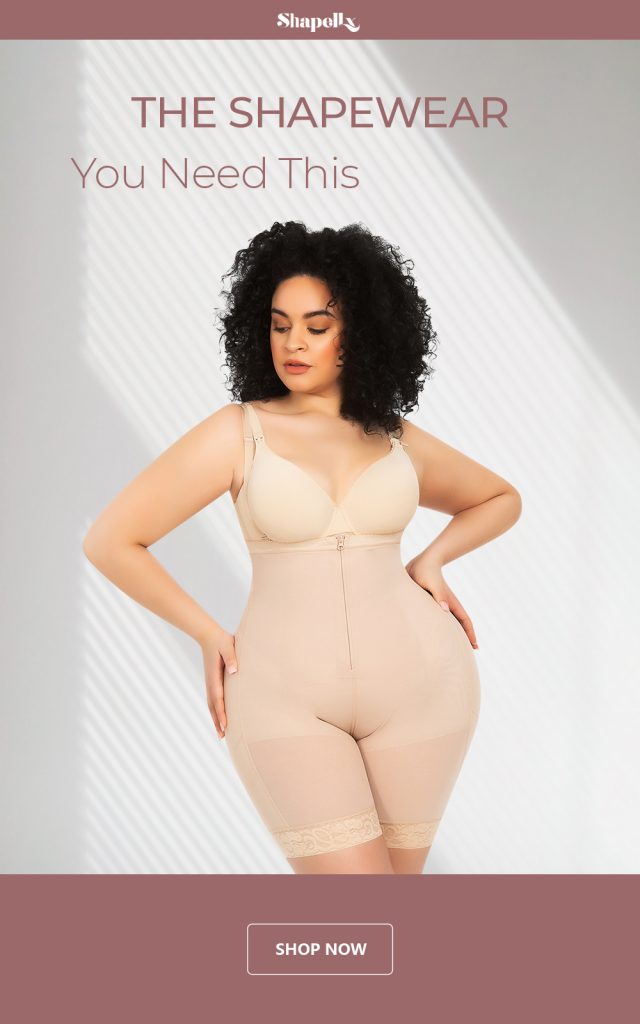We are increasingly more aware of the impact our purchases have. Especially on the environment. We expect brands to now adopt more ethical and sustainable practices to support them. This is making the shapewear industry feel pressure to embrace sustainability.
Table of Contents
The environmental impact
Fashion is one of the largest contributors to pollution. Fast fashion has also increased this problem. Producing quick and cheap clothing with short lifecycles that end up in landfills.

Sadly, shapewear still contributes to these problems. These garments are made with synthetic materials. The production processes consume large amounts of water and energy. Then they release harmful chemicals to the environment.
The role of materials
Materials used in best shapewear for tummy are for sustainability. Traditional garments are made with synthetic fabrics, that are not eco-friendly and that will eventually release microplastics that end up in the oceans and marine life.
The industry needs to start using more eco-friendly materials. Luckily, there are great innovative alternatives available that they can use. They can use recycled materials made from post-consumer waste. Which offer the same performance benefits but with a much lower environmental footprint.
Using biodegradable fabrics is another way to achieve sustainability. Some plant-based materials, like hemp, bamboo, and organic cotton are a great choice. They might not offer the same level of compression, but they’ll keep improving their functionality.

The dyeing process is quite harmful too. Especially because toxic chemicals and large amounts of water are used. Using eco-friendly dyeing techniques and natural dyes is a new way the shapewear industry has to reduce its environmental impact.
Reducing waste in production
Shapewear sadly tends to contribute to the textile waste ending in landfills. Some fast fashion and affordable shapewear brands are flooding the market with garments that wear out quickly because of their low quality. Eventually, it will take hundreds of years for these to decompose due to their synthetic composition.
This is why shapewear companies should consider implementing more sustainable production practices to minimize this waste.
Zero-waste manufacturing techniques will reduce or even eliminate textile waste during the production process. They’ll use digital technology and carefully cut patterns. This way companies will be ensuring that every piece of fabric is used.
On the other hand, sustainable shapewear brands now focus on creating high-quality and durable garments. They are created to last longer, which reduces the need to buy replacements frequently.

Eco-comfort Leggings
A circular economy model is another way of being sustainable. Brands are now designing products with their life cycle in mind. These products can now be repurposed or recycled. Some brands also offer take-back programs, where consumers can return their old shapewear to be recycled into new pieces.
Following ethical labor practices
Being sustainable is not only about the environmental impact. It also means following ethical labor practices. Now that consumers are more aware of the ethical implications of their purchases, brands should ensure that their workers are treated fairly, work in safe environments, and are paid right.
The role of consumers
We, as consumers also play a huge role in driving the. If we are willing to invest in eco-friendly pieces and demand more sustainable options. This way we are encouraging brands to adopt more sustainable practices.
Consumers should be educated about sustainability practices brands should follow. Brands should have certifications for organic fabrics or for ones that are free from harmful chemicals. We need to support brands that are transparent about their environmental impact and labor practices.
To extend the lifespan of your shapewear we need to properly care and maintain them. Following the care instructions can also help reduce the environmental print of the garment.













